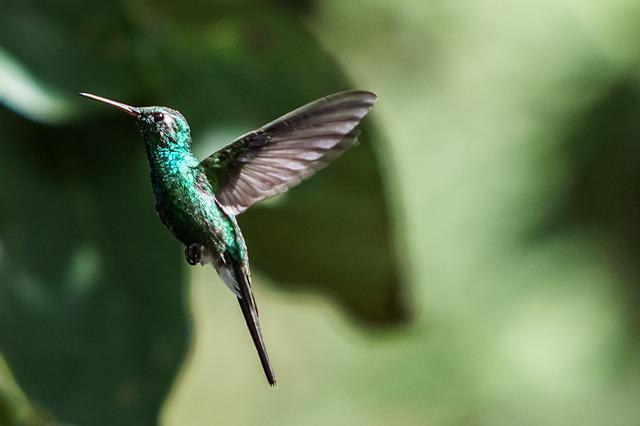What Eats Zinnias? Know the 10 Causes
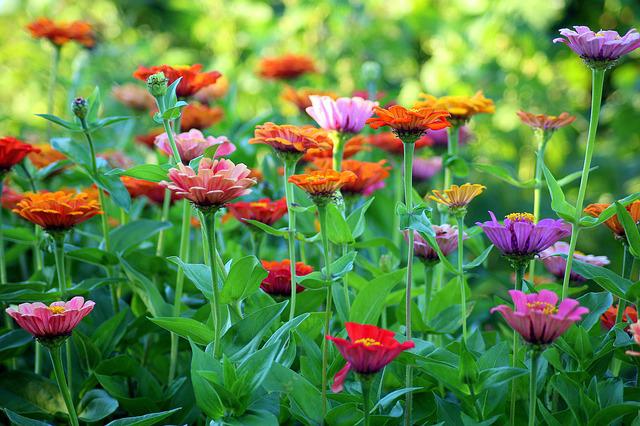
Zinnias can suffer from a number of problems that can damage their growth and make them difficult to care for. Some of the causes are animals eating their leaves and some other parts. These animals include rabbits and birds. Some are being attacked by insects and mollusks, even pests that cause different diseases.
If you’re wondering more about what eats zinnias, read about the 10 most common causes. You may be surprised that some of your garden’s problems are easy to solve!
Table of Contents
10 Animals that Eat Your Zinnia
Rabbit
You may be surprised to learn that your pet rabbits are eating your Zinnias if you have any. Despite the overwhelming evidence showing that rabbits dislike Zinnias, some have speculated that the plants may be eaten accidentally. Furthermore, rabbits still experimenting with their palates may eat the plants.
Since they’re so greedy, it’s not hard to identify them as the culprits. All or a significant portion of the leaves are consumed by rabbits when they eat them.
In other words, you never know when you’ll be able to see your plant again. They also leave behind some of their excrement when they’re done eating leaves. Rabbits are eating your Zinnias if you notice any of the following symptoms.
How To Keep Them Under Control
Keep your rabbits away from your Zinnias at all times. To keep rabbits away from your plants, sprinkle blood meal or powdered fox urine around the foliage.
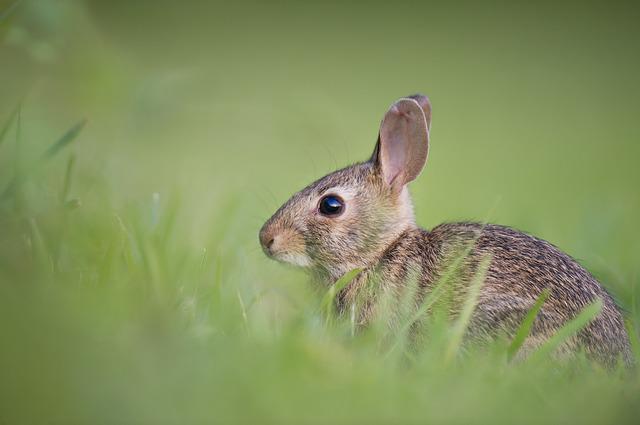
Aphids
Your zinnia leaves may be eaten by aphids, one of the most common culprits in your garden. Zinnia leaves are frequently attacked by aphids, the most common of which is the black bean aphid. Coloration ranges from dark green to a sharp black, with yellow-orange legs, for the black Bean aphid. Oval-shaped and tiny, these insects are among the tiniest on the planet. Insects that fit this description should be removed as soon as they’re discovered. Aphids’ sucking damage damages leaves. In most cases, this type of damage does not result in holes in the leaf but rather in the leaf’s discoloration, curling, and deformation.
How To Keep Them Under Control
Keep aphids away from your Zinnias by using natural predators like parasitic wasps. Aphids are used as hosts by parasitic wasp females during the egg-laying process. They eat the Aphids’ bodies as soon as they’re born. Spraying the leaves of zinnias with a lot of water can also help get rid of aphids. Prevent mildew growth by spraying in the morning before the air has had a chance to dry. As a precaution, destroy the plant that was infected by aphids.
Slugs & Snails
Did you notice any damage to the leaves in the spring and summer? Have the leaf veins been gnawed to a ragged state? Slugs are the culprits if your answer is yes. Slugs are usually terrible eaters because they don’t chew their food cleanly.
Slugs feed mostly at night, so you’ll see the damage to your leaves first thing in the morning. Pesty slugs and snails are the next suspects regarding zinnia leaf-eating insects. Slugs and snails, which eat nearly all of a garden’s foliage and flowers, are a common annoyance for many home gardeners.
Slugs and snails will wilt and die your plant if you don’t take action to stop them. Zinnia leaf damage from snails and slugs can be identified by looking for large raggedy holes.
They excavate large holes in the soil, much like caterpillars do. The leaves will look more gnawed. Look for slug and snail slime trails on and around your plants to identify them. They lay and hatch their eggs quickly, so if you don’t deal with the problem, your garden will be overrun by these voracious pests.
How To Keep Them Under Control
Slugs should be removed as soon as they are discovered. To further deter them, place electric copper barriers around your Zinnias. Organic ferric phosphate pellets are another effective slug deterrent. Douse the soil around the Zinnias plant with diatomaceous earth. When slugs crawl on diatomaceous earth, they are torn apart. Setting up a beer trap is the best way to eliminate these critters. Place a beer container near your zinnia plant. The scent will draw snails and slugs, and the beer solution will kill them. Slugs and snails can be deterred by placing pencil sharpenings or sandpaper at the base of your plant.
Japanese Beetle
It’s possible that Japanese Beetles are to blame for eating your Zinnias. How do you know which ones they are? People who don’t know much about pest insects may not recognize the Japanese Beetle for what it is. Summer is the time of year when these insects are most common.
Only bone-like leaves are left after they ravage the foliage. In addition, they frequently puncture Zinnia flowers. To identify a metallic green insect with copper brown wings feeding on Zinnias, look for a Japanese Beetle.
How To Keep Them Under Control
Neem oil can be sprayed on Zinnias to keep Japanese Beetles at bay. Neem oil has been shown to slow the rate at which these pests feed on the plants they attack. Its eggs won’t hatch because it makes them infertile.
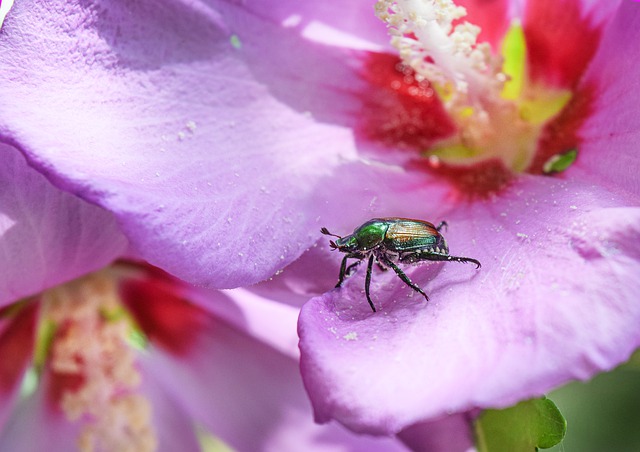
Caterpillar
Caterpillars can be a pest in the garden because they eat just about anything they come across. They love the Zinnia plant because of the bright colors and sweet nectar it produces. Since most caterpillars eat at night, you may not always be able to see the caterpillar in its natural habitat. If your zinnia’s leaves have a circular chewing pattern and medium to large holes, you may have a caterpillar problem on your hands.
Types of Caterpillars:
Leafrollers
The leaves and flowers of zinnia are their favorite foods. The bodies of these leafrollers are a yellowish brown, and the heads are black. In the end, these caterpillars turn into moths. Leafrollers don’t usually eat Zinnias but eat the flowers and leaves when they do. When there are many of them, leafrollers can be a big problem. They take off the plant’s leaves and kill the flower buds before the flowers even open.
Armyworms and Cutworms
Armyworms start small and green but turn black, brown, or gray as they grow. The adults of these moths have a heart-shaped orange or yellow spot. Zinnia can get Armyworms and Cutworms. These are important, and you need to do something about them as soon as you see them. Flowers and leaves are what these caterpillars eat. Zinnia plants get skeletonized by Armyworms and cutworms.
Cabbage Looper Larvae
The larvae of cabbage loopers are light green and have white lines on both sides of their bodies. Moths, as adults, have brown front wings with an eight in the middle. The undersides of lower leaves are where caterpillars feed when they are young. As they get bigger, they eat whole flowers and leaves. These leaf-eating caterpillars make the plant lose its leaves quickly, slow its growth, and may kill it in the end.
How To Keep Them Under Control
Simply remove the caterpillar by hand and place it somewhere else. The best way to get rid of caterpillars is to eliminate the weeds around the plants. Caterpillars like to live in weeds. You can pick them off by hand if there aren’t too many.
Bacillus thuringiensis can be used to get rid of these caterpillars. Using it more than once helps get rid of the problem.
Parasitic wasps, Tachinid flies, and Lacewing larvae can be used to get rid of them biologically. You can also spray your plants with a solution of neem oil, soap, and water. Make sure your plant’s roots are protected by placing cardboard at the base of it.
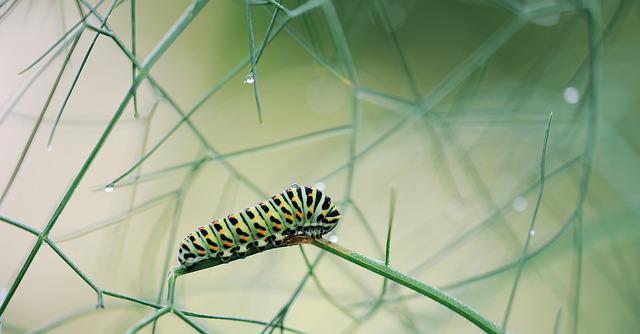
European Earwig
Although earwigs are small, brown insects with two pincers and a frail pair of wings, they can harm your zinnia plant even though they are not poisonous.
Your zinnia leaves will develop holes on the sides and in the center from these pests. In comparison to a caterpillar or a snail, the holes are tiny.
Zinnias are a favorite food for Earwigs during the summer and fall. Earwigs can attack both the leaves and the flowers of Zinnias if you have them in your garden. The bees make tiny holes in the leaves and flowers of Zinnias.
In addition, they prefer to eat at night because they are more active. With their long, reddish brown bodies and two short, sharp forceps, earwigs can easily be recognized as parasitic cousins.
How To Keep Them Under Control
The most effective method for getting rid of earwigs is to combine water and 70% alcohol. One part alcohol and one part water should make up the mixture. Isopropyl alcohol, for example, is very efficient. Applying several layers of petroleum jelly to the stem of your zinnia plant is an even easier fix. As a result, the earwigs won’t be able to climb the stem to reach your leaves.
Pathogens
If pests are devouring your Zinnias, it’s easy to conclude that they are. Pathogens, however, can harm plants in the same way that pests do. A pathogen attacks a plant and displays similar symptoms to a plant eaten by a pest. For example, zinnia stems, blooms, and leaves show wet spots with yellow borders when under attack by bacteria.
Leaf holes appear as these spots turn brown or dark gray and die. Anyone who looks at a plant and sees a hole immediately assumes an insect caused it.
Similarly, zinnia leaves show large, round spots when infected with fungus. Occasionally, the reddish-brown or purple spots are rectangular. When they turn gray, they die and leave holes in the leaves, just like bacterial leaf spots.
Identifying pests and pathogens and their symptoms is critical at this point. This is critical because controlling the attack on your Zinnias will only work if you know what’s attacking them.
How To Keep Them Under Control
Dispose of a diseased plant. Don’t compost them or you risk spreading the pathogens to other vulnerable plants. Only water your plant in the morning, so the leaves have time to dry before nightfall to prevent fungal diseases.
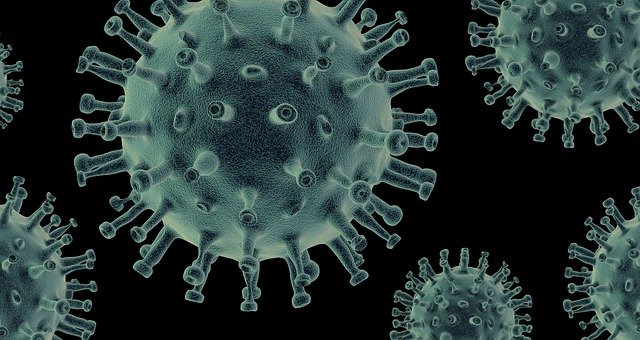
Fungi
A fungus can be the source of leaf holes. Infected by Alternaria fungus, the leaves of zinnia are hollowed out. Zinnia’s leaves will initially develop large reddish-brown or purple lesions. Spots eventually fade to a tan or gray color. As the fungus eats the leaf, the lesions become irregularly shaped. As the lesions grow in size, they eventually transform into holes.
Gray spots appear on flowers infected with this disease. It’s possible to tell this disease apart from others with similar symptoms by looking for this particular symptom.
How To Keep Them Under Control
Watering the plant’s leaves is a no-no. The fungus thrives in moist leaves. It’s best to water the plant in the morning before it can dry out. Spray the affected leaves with copper fungicide. This should be done once per week until the spots are gone. Only a mild infection will benefit from this treatment. The plant must be destroyed and disposed of if the infection is severe. Since there is no cure if the infection is severe, it is better to avoid it.
Leaf Spotty With Bacteria
Zinnia leaf spot disease can be caused by bacteria as well as fungus. Zinnia leaves can develop spots and holes due to a variety of bacteria. At first, the spots are small and round. Spots with yellow borders eventually form. They grow larger and merge into one. After a few days, you’ll notice that your zinnia’s spots turn black, and the tissue dies. Leaves infected with necrotizing fasciitis are riddled with holes. This disease has no chemical treatment. It’s best to avoid this illness at all costs.
How To Keep Them Under Control
Leaves should not be drenched. Make sure the plant gets enough air. Wounds are the primary route by which the disease enters the plant. If you’re going to damage the plant, don’t go overboard. Get rid of and dispose of the infected plants.
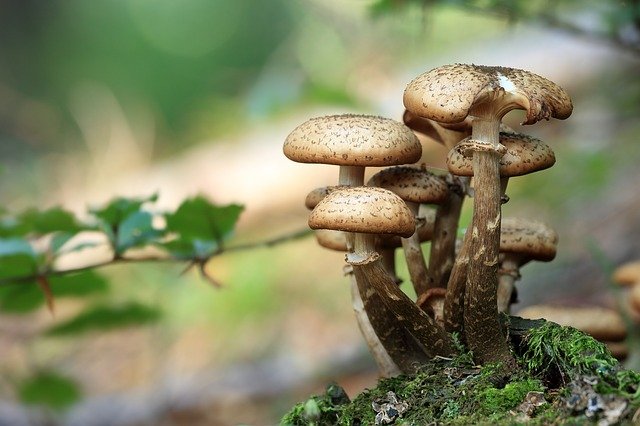
Birds that Eat Zinnia Seeds
American Goldfinch
The American Goldfinch is a small bird that lives in North America. It is usually yellowish, and its head and wings have black spots. It lives in fields, meadows, parks, gardens, and other open places. Mostly, it eats seeds, but it will also eat bugs, nectar, and fruit. The zinnia flower is something that the American Goldfinch often eats.
House Finch
House Finch is a common bird in residential areas, where it often eats from bird feeders. It likes to live in open places like fields, bushes, and gardens. Mostly, it eats seeds, but it will also eat insects and fruits. They have been seen eating Zinnia flower seeds.
Purple Finch
The purple finch is a bird that lives in North America. It can be found in towns, gardens, orchards, and the edges of open forests. The length of these birds is about 6 inches, and the width of their wings is about 10 inches. The male purple finch’s body and wings are reddish brown, and its belly is white. The female purple finch doesn’t have any red, and her head is paler and has brown streaks.
Most purple finches eat seeds, but they also eat berries, insects, and nectar. Most of the time, they eat on the ground and sit on trees and bushes. You can get these birds to come to your yard by planting zinnias.
Cassin’s Finch
The Cassin’s Finch eats seeds from grasses, weeds, and trees, among other types of plants. They also eat small insects and other animals that are not vertebrates. Zinnia seeds are not a big part of their diet, but if they are available, they will eat them sometimes.
Pine Siskin
The Pine Siskin is a small finch that lives in open woodlands and gardens in North America. These birds eat seeds. They like the seeds of conifers best, but they will also eat seeds from other plants, like zinnias.
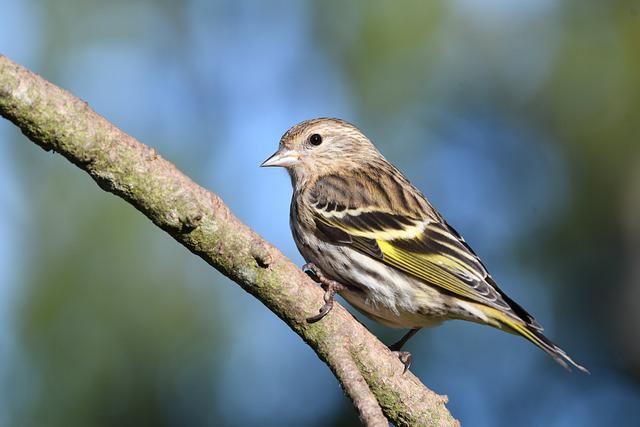
Chirping Sparrow
The small sparrow is native to North America. The Chipping Sparrow’s diet includes insects, spiders, seeds, and fruit. They will also consume the zinnia seeds in your garden.
Common Sparrow
House Sparrows are a common backyard bird found throughout the United States. They typically build their nests in eaves, gutters, or birdhouses, as they prefer to reside close to humans. These birds are omnivores, consuming insects, seeds, fruits, and berries, among other foods. House Sparrows have been observed eating the seeds of flowers such as zinnias. Although they may not be the primary pollinators of these plants, they can still contribute significantly to their growth.
Cardinale del Nord
The Northern Cardinal inhabits various habitats in North America, including forests, yards, and parks. These birds are omnivores, consuming both plants and animals. Cardinals primarily consume insects and seeds but also fruit and other plant matter. Cardinals are not picky eaters, consuming virtually any seed they can locate. This item includes Zinnia flower seeds.
Spotted Towhee
The southwestern United States and Central America are home to the passerine bird known as the Spotted Towhee. They favor environments with lots of undergrowth and tall grass, such as scrublands, forest edges, and brushy fields. These birds consume many seeds, fruits, insects, and other small animals as omnivores. They might also eat zinnia seeds from the flowers in the wild.
Although they prefer to forage on the ground, towhees can climb trees. These monogamous birds construct their nests in low shrubs or trees. Both parents assist in incubating the female’s 3-5 eggs after she lays them. About two weeks after hatching, young towhees leave the nest.
Hummingbirds
In addition to parts of Central America, hummingbirds can be found in North and South America. They live in various environments, such as cities, deserts, and forests. Hummingbirds typically eat nectar from flowers. However, some species also consume spiders or insects.
Brightly colored flowers like zinnias are especially attractive to hummingbirds. They frequently perch on these flowers while feeding because they enjoy their sweet nectar.
